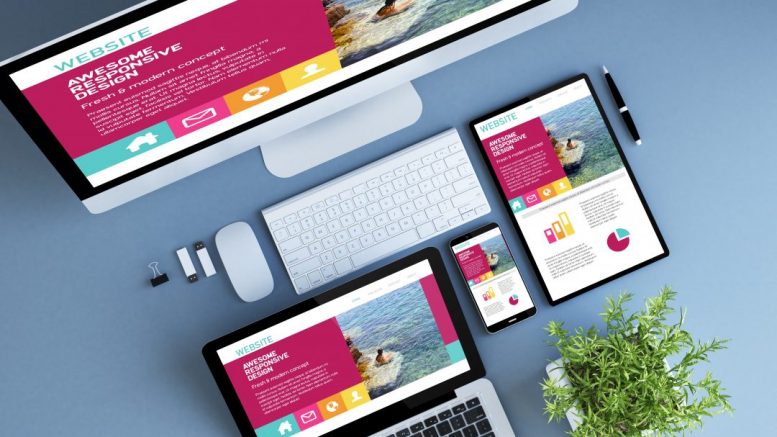When you hire software development services to design your website or app, you need to see a portfolio of previous work, read client testimonials or contact past clients personally, look through reviews, and discuss the development team’s process.
That process discussion should touch on which tools and technologies the software development providers are using to create your product. After all, different web design tools offer separate end results, involve a range of budgets, and have certain advantages and disadvantages.
Before you can broach the conversation, of course, it’s important to understand what web design tools are available. Here are some of the top technologies on the market.
Adobe Dreamweaver
For many web developers, web-building and design tool Dreamweaver is the go-to technology. Originally published by Macromedia in 1997, it’s one of the oldest web design products on the market — but that doesn’t mean it’s outdated. This software guides you through the process of creating your website from start to finish.
Of course, the software development services you employ will have plenty of coding experience, but Dreamweaver doesn’t require extensive programming knowledge to use. So, if you want to make edits or see your project’s progress, you can do so, thanks to its “what you see is what you get” interface. The platform has live views, visual and HTML editing, making it easy to see what the frontend will look like. It also allows for mobile and desktop views.
Avocode
A cloud-based app, Avocode is a tool through which software development providers can code apps and websites from Sketch, Photoshop, Illustrator, and other graphic design software. Through a single click, files from Sketch and other platforms become full-fledged web designs.
This is especially useful for user interface (UI) designers and front-end developers who want to make their static designs interactive. Coding is simple, and it’s easy to import and export designs from third-party platforms.
Google Web Designer
Although it is used for creating ads, Google Web Designer is also a helpful platform for designing web pages that heavily feature interactive content.
Tools such as 3D animations, shapes, text, colors, and others are readily available, and you’ll also have a library of images and other digital content at your disposal. Software development companies can use advanced features, which include seeing both the front end and back end — called design and code views.
In the case of software development outsourcing, if you want to see the progress of your project, you can take a look at the design view — Google Web Designer is very user-friendly, so you won’t need to understand code to see the draft. That means non-developers can see how the site or app at different stages of development.
Sketch
Sketch is a popular graphic design/UI platform with a large following and community. It’s constantly being updated with new features and plugins, enhancing the user experience and enabling your software development providers to improve the quality of your website or app. While Adobe Photoshop has been on the market longer, some designers and developers prefer Sketch for being more user-friendly, with its intuitive interface.
Current special features include a CSS logic function that makes it simple to translate designs into the programming language, allowing you to easily add them to your website. You can also create and export assets, or CSS files, to many different formats via a single click and preview your website on multiple devices, including mobile.
WebFlow
Not only will this cloud-based web-design tool allow you to create a beautiful app or website, but it also serves as a web hosting platform, so your software development providers won’t need to transfer the work after creating it.
A big perk of WebFlow is that it’s very easy to use, so if you’re designing your project in-house rather than going the software development outsourcing route or just want to be closely involved in the process, you don’t need coding experience or knowledge in order to do so. Instead, you can use the drag-and-drop features to add elements.
Templates are also available, streamlining the process even further. For those who want to write their own code, there is a more advanced option.
Along with finding the right software development services, choosing the best web design tool for your project is the first step to building a website or app. When deciding on the technology that’s best suited to your purposes, consider what you want your product to do and have, the level of experience the developers are bringing to the table, your budget, and any other important qualities you’d like to see in a web-design technology.
In the case of outsourcing of software development, the team may advise you on which one to use, but it’s important to be knowledgeable and involved in the decision-making process.



Be the first to comment on "The best technologies for web design"